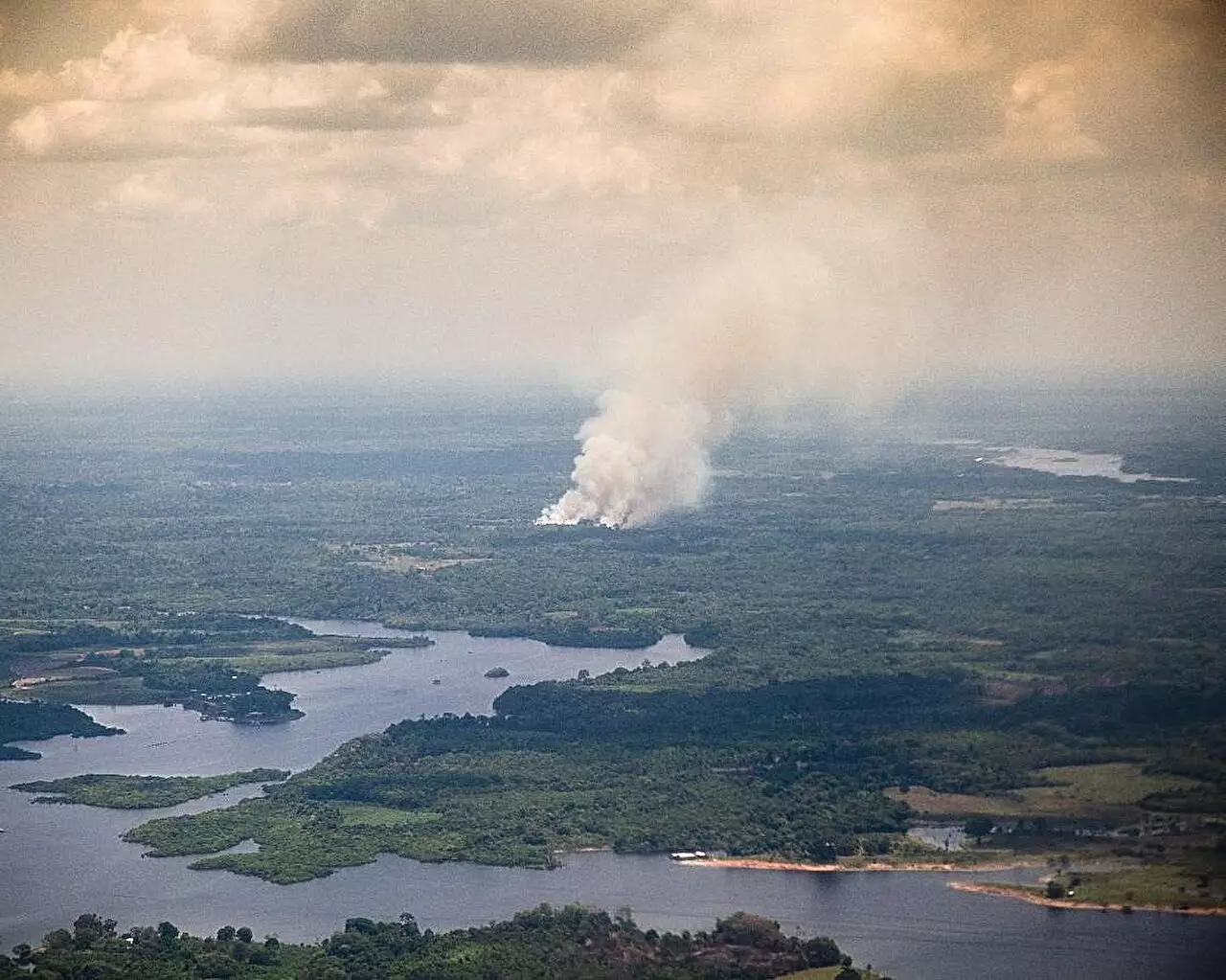Wildfires are notorious for their destructive capabilities, but the ramifications of these fires extend far beyond immediate damage to ecosystems and property. As recent studies indicate, the particles emitted during wildfires can considerably diminish air quality and pose significant health risks to humans. Among the pollutants generated, ultrafine particles (UFPs) have gained attention due to their unique properties and potential environmental impacts. This article delves into the intricacies of wildfire smoke, focusing on the formation and role of UFPs in affecting weather and climate.
While larger particles produced directly by wildfires have traditionally been the focal point of research, recent findings emphasize the importance of UFPs, which measure less than 100 nanometers in diameter. Previously, scientists underestimated their presence, assuming they would be quickly absorbed or “scavenged” by larger particulates. However, innovative research utilizing aircraft measurements from the Amazon rainforest challenges this notion and has uncovered a substantial concentration of UFPs in smoke from vegetation fires. This unexpected abundance suggests that the atmospheric conditions may favor the formation and preservation of these minute particles.
The investigation into UFPs highlights the existence of efficient mechanisms for their formation that had previously gone unnoticed. Through a combination of aircraft measurements and high-resolution modeling, researchers discovered that UFP generation involves complex chemical processes resulting from biomass burning. Critical to this understanding is the role of nucleation—the process by which particles form as vapors cool and condense. The findings reveal that chemical compounds like dimethyl amines (DMA) and sulfuric acid play crucial roles in sustaining UFP concentrations, thereby defying prior assumptions about the rapid loss of nucleating agents to larger smoke particles.
The implications of UFPs extend beyond air quality; they significantly influence local and regional weather patterns. According to detailed simulations using the Weather Research and Forecasting Model coupled with chemistry (WRF-Chem), UFPs have the potential to enhance storm intensity. The research indicates that the presence of these ultrafine particles promotes the development of robust storm clouds capable of generating heavier rainfall. In contrast, larger particles from wildfires can inhibit precipitation by altering cloud dynamics, leading to a more complex interplay between smoke constituents and weather events.
Despite the critical findings regarding UFPs, Earth system models have largely disregarded their significance, primarily due to an outdated understanding of their formation and longevity in the atmosphere. This oversight has resulted in a limited comprehension of how these particles interact with the climate system. However, the new research identifies a significant gap in the modeling of UFPs, delineating a pathway for future studies to incorporate emissions of DMA and other key compounds into climate models. By re-evaluating model parameters, scientists can better predict the impacts of UFPs on cloud formation, precipitation patterns, and long-term climate trends, thus refining our understanding of wildfire smoke’s broader implications.
The discoveries surrounding UFPs from wildfire smoke pave the way for numerous research possibilities. As climate change continues to intensify wildfires worldwide, understanding the intricate mechanisms behind UFP generation and their atmospheric effects will be vital for developing more effective environmental policies and public health strategies. Future studies could explore the specific interactions between UFPs and other atmospheric constituents, the potential feedback loops between wildfire emissions and climate change, and the long-term health effects on populations exposed to elevated UFP concentrations.
While the direct consequences of wildfires can be devastating, the complex role of UFPs in shaping weather patterns and climate conditions reveals a pressing need for continued research. By expanding our understanding of these dynamics, we can better anticipate the broader environmental impacts of increasing wildfire frequency and intensity in the face of a changing climate.


Leave a Reply